Early Spring Gardening Tips: Essentials for a Flourishing Garden
The best spring gardening tips to get you ready for the garden season ahead.
As the frost thaws and the first green shoots peek through the soil, I find myself eager to reconnect with my garden. Let’s be honest. I am ready for the garden by February as the winter drags on. I roam my local garden centers and dream of the season ahead. Spring is a time of renewal, a season that promises growth and life, and there’s no better way to experience this than by getting my hands dirty in the garden. I love the feeling of the sun on my back and the satisfaction that comes with nurturing my baby plants. It’s an opportunity to cultivate new life and to watch my garden flourish under my care.
Whether you are reading this in January or all the way in March or April, now is a great time to get your garden started! You don’t have to wait until you are ready to plant. There is so much you can do NOW to make your life easier and your plants thrive this garden season. I hope these spring gardening tips will get you out in the garden and ready for the season ahead!
Ways to Prepare Your Spring Garden
Listen on the Podcast
Planning the Garden
As the beginning of spring approaches, I am SO ready to start planning my garden. This is the perfect time because it allows for plants to settle in and capitalize on the full growing season. I make a list of different plants I’d like to grow, organize my seeds, and figure out when to plant everything.

After filling out my garden planner, I label my garden areas and create a simple sketch to visualize plant placement, enabling me to maximize my space and avoid overcrowding. My favorite part of the planning process is organizing my stash of seeds.
Understanding Plant Hardiness
Your hardiness zone is a must-check before you pick any plant. It’s a measure of a region’s climatic condition, particularly the minimum winter temperature. I use the USDA Hardiness Zone Map to determine the plants that will thrive in my garden (I am in zone 6b! Tell me in the comments your grow zone! Maybe you can meet others in your own zone!).
Timing Your Planting
Always mark your calendar for the last frost date in your region based on your grow zone as it heralds the start of spring planting. For tender plants, that are more sensitive to frost, wait an additional two weeks after the last frost date before planting. Here’s a simple table that helps me plan:
Gardening schedule for zone 6b:
| Month | Task |
|---|---|
| February | Test soil; start indoor seedlings (onions, cabbage). |
| Early March | Test soil; start indoor seedlings. |
| Late March | Prep soil with compost. |
| April | Plant cool-season crops outside. |
| Mid-May | Plant warm-season crops. |
Adjust this schedule based on your local climate trends because spring’s arrival varies by region. Check out your USDA grow zone and get my favorite chart for determining what date to plant each plant.
Seed Starting Supplies
For my first year starting seeds, I went all out and purchased the Homesteader Seed Starting Bundle from Bootstrap Farmer (this is an affiliate link, but I bought the bundle on my own and loved it so much that I decided to become an affiliate!). It is very high quality and seems like it will last for many many years. Oh, and it is super cute. You can see the two sizes of pots it comes with in the photo below.

As an Amazon Associate, I earn from qualifying purchases. Please visit my privacy + disclosure page for more details.
In addition to the starter pots and trays, I also purchased grow lights and heat mats from Amazon to be sure my baby plants have enough warmth, as it is still snowy where I live.
Planting Outdoors
| Plant Type | Planting Timeframe |
|---|---|
| Frost-hardy plants | As soon as the ground is workable after the last frost |
| Tender plants | Two weeks after the last frost date |
| Summer-flowering bulbs | Four to six weeks before the last frost date, indoors |
Selecting the Right Spring Plants
When purchasing new plants, consider your climate, the plants’ lifespans, and simply what you want to grow. Do you want to grow enough food for your family for a year? Sell cut flowers? Maybe you want a mix of both! My best suggestion is to make sure you spend your resources on things you actually LOVE to eat or look at. Don’t grow a bunch of food that your family doesn’t love to eat.
- Selection of Plants for Early Spring:
- Cool-season vegetables: cabbage, lettuce, spinach, kale, peas, onions
- Herbs: basil, cilantro, parsley, chives, dill
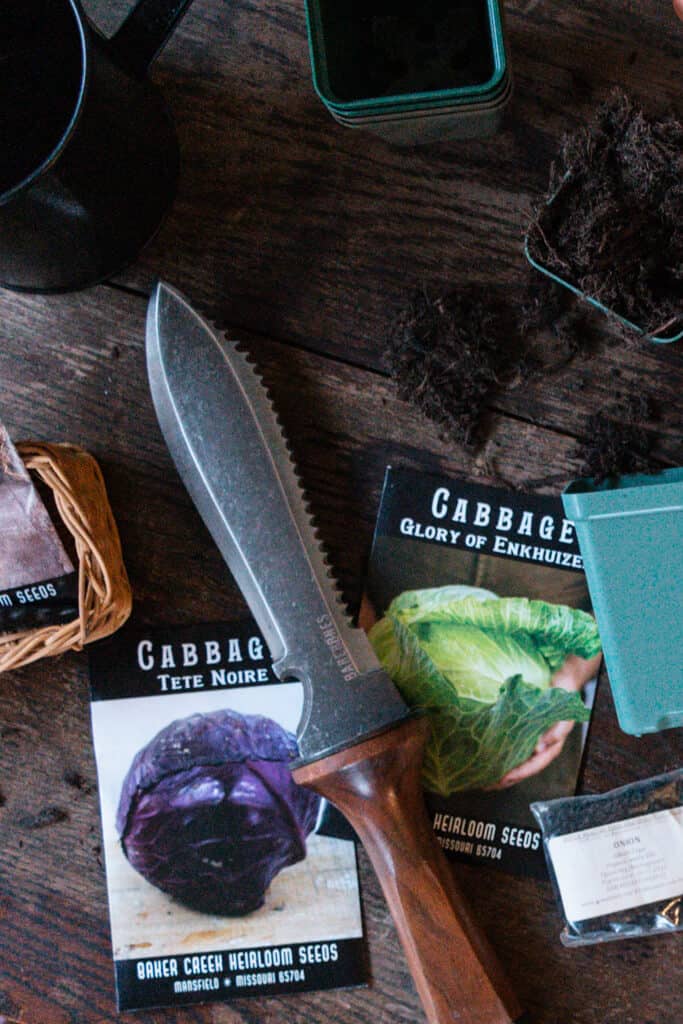
Choosing Perennials and Annuals
Perennials come back every year, and annuals need to be replanted each spring. To maintain year-round interest, I weave in a mix of both. Perennials are the go-to for longevity, while annuals add splashes of color that change each year. When selecting perennials, ensure they match your zone’s hardiness, and for annuals, consider their bloom time to coincide with your local frost-free dates.
Integrating native plants is important to me; they’re accustomed to the local climate and support biodiversity in my garden.
Incorporating Vegetables and Fruits
Having hardy vegetables such as kale, spinach, and broccoli in the spring garden allows you to enjoy a harvest early in the season. This year I am eager to add fruit trees too, but they require a long-term commitment and appropriate hardiness to survive. When adding fruits and vegetables, consider companion plants to enhance their harvest.
Preparing the Garden Beds
I always start my spring gardening by focusing on getting my garden beds ready for planting. Some years, this looks like building a new raised garden bed or buying new pretty pots.
Clearing Debris and Weeds
First, tackle the clearing of debris, like dead leaves, dead branches, and plant debris, and move to the compost pile or compost tumbler. It’s important to remove these items because they can harbor pests and diseases. Carefully dig out any weeds, ensuring you get their roots to prevent them from coming back.

Enriching the Soil
Soil Preparation: A vital step is preparing good soil. Make sure to enrich your garden soil with compost and organic matter a few weeks before planting. This enhancement promotes healthy plant growth by improving soil structure, nutrients, and moisture retention
After clearing, check your garden soil pH levels and enrich it by adding soil amendments based on your results.
Adding nutrients now helps promote strong plant growth later. For raised garden beds, I ensure there’s a fresh layer of mulch to retain moisture and suppress weeds.
Organizing Plant Areas
Before I plant, I plan where I want what plants. Here’s how I organize:
- Sectioning off areas: I use natural markers or string to divide sections for different plant types.
- Accessibility: Paths are kept clear so I can easily access my plants for maintenance and harvesting.
By carefully preparing your garden beds, you’ll create a fantastic foundation for your spring garden.

Dividing Existing Perennials
In early spring, as new growth appears, you can divide your perennials. This rejuvenates the plants by encouraging more robust growth and helps manage plant size. Plus, you get an extra plant! Ensure each section of the perennial has a part of the root ball to sustain it.
To divide a perennial:
- Water plants thoroughly a day before dividing.
- Dig around the plant with a shovel, and gently lift out the root ball.
- Separate the root ball into sections using a knife or spade.
- Replant each section at the same depth it was originally growing.

Caring for New Plants
Once planted, young plants need proper care to thrive. Make it a habit to:
- Water the new plants regularly, keeping the soil moist but not soggy.
- Use mulch to retain moisture and minimize weed competition.
- Protect tender young plants from late frosts with cloth covers if a sudden cold snap threatens.
Maintaining Your Garden
As I dive into the routine care for my garden with the arrival of warm weather in late spring, I’ve found that certain tasks are essential for maintaining a healthy and productive space.
Regular Watering
In the spring, consistent moisture is vital for plants, especially as they establish roots and begin rapid growth. I use a rain barrel to collect rainwater, which is better for plants and more sustainable (I also supplement with water from the hose. Our whole house has a water filter system, so be sure to test your home water before using it on your plants).
Here’s my simple watering schedule for early spring:
- Morning: Water to give plants a head start and reduce evaporation.
- Evening: Avoid watering to minimize fungal diseases due to overnight dampness.
- Depth: Water deeply to encourage roots to grow downwards.
Managing Pests and Weeds
I have adopted a mix of strategies to keep pests and weeds under control. Attracting beneficial insects by planting companion flowers is an effective organic approach to pest management. For dealing with weeds, follow these steps:
- Manual Removal: Regularly hand-pull weeds to prevent spreading.
- Mulching: Apply a layer of organic mulch to smother emerging weeds.
- Organic Herbicides: If necessary, use organic fertilizers and herbicides.
Providing Support for Plants
Support structures are crucial for the well-being of some warm-season vegetables and other tall plants. Provide the right support early on to avoid damage to the plant’s structure. These structures include:
- Stakes: For tomatoes and other vine plants, ensure they are tied up as they grow.
- Trellises: Using trellises for my peas and beans to climb.
- Cages: Installing cages for peppers and eggplants to support their weight as they fruit.
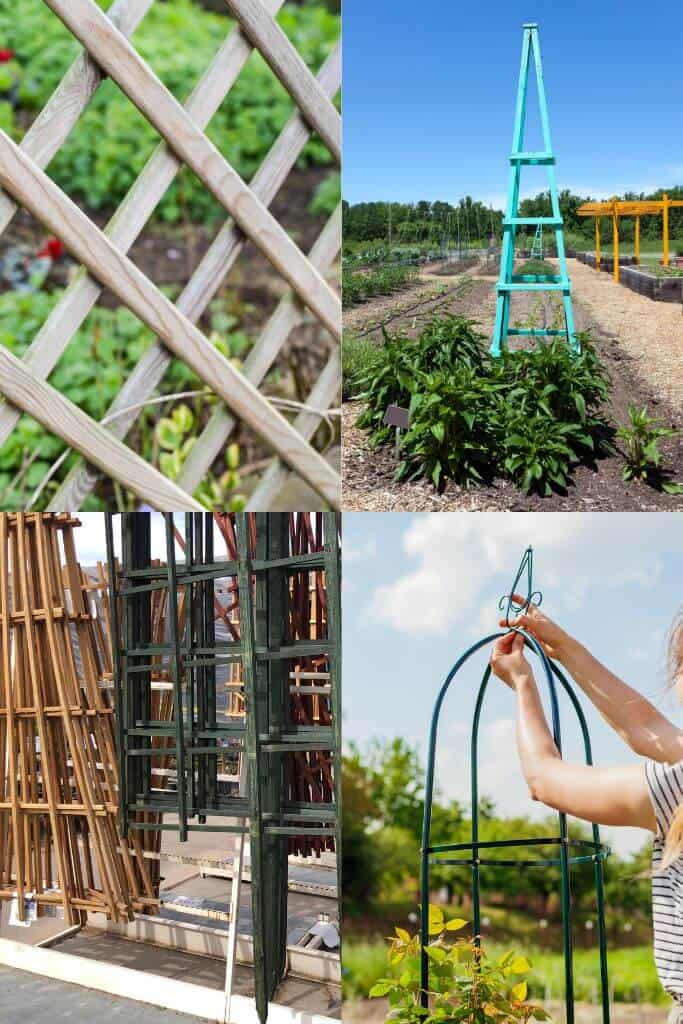
Tool and Equipment Care
Ensure all your tools are in good condition. I like to think of this as a spring cleaning for my garden equipment—it really makes the hard work later on much more manageable!
Here’s how to keep your tools in tip-top shape:
- Cleaning: Wash all garden tools with warm, soapy water. For stubborn dirt, use a wire brush or putty knife. Once they’re clean, dry them thoroughly to prevent rust.
- Sharpening: Dull tools make gardening tougher than it needs to be, so sharpen shears and spades with a mill file.
- Oiling: To protect against rust and ensure a smooth operation, lubricate moving parts with oil.
- Storing: At the end of the day, store tools off the ground to avoid moisture damage. Wall hooks or shelves work great for this.
- Seed Packets: Keep seed packets organized and dry in a labeled container or binder. This way, you’ll know exactly what you have when it’s time to start planting.
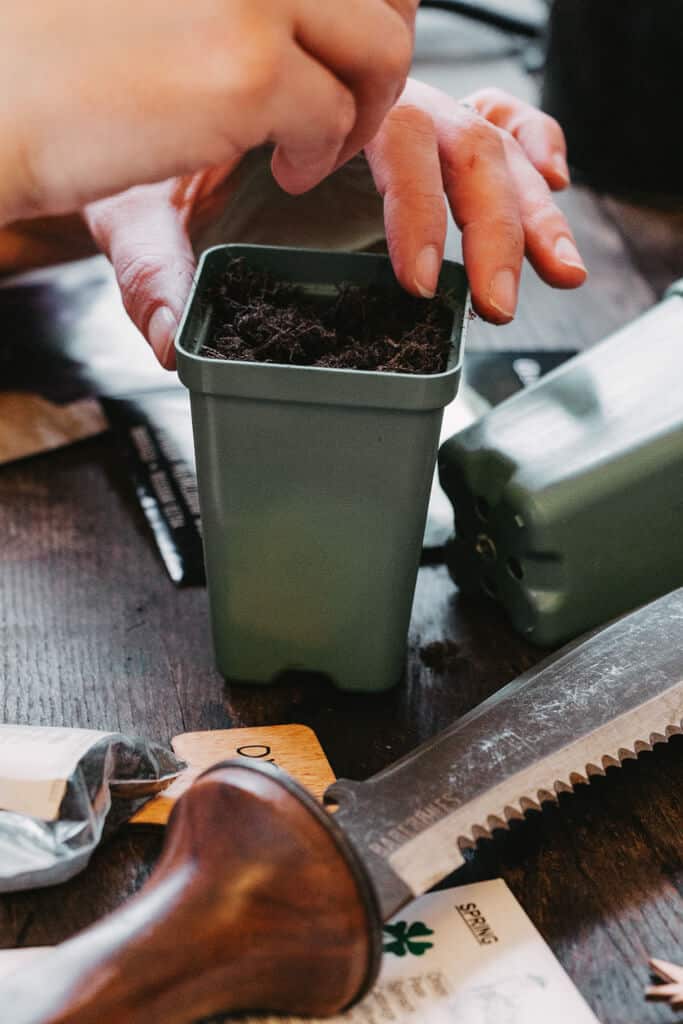
By following these simple steps, my tools are always prepared for when I need them, and I can get straight into the enjoyable part of gardening—watching my plants grow!
Get Ready for Garden Season Early!
Spring gardening is not just a hobby; it’s an exhilarating journey of renewal and growth. As we eagerly await the thawing of frost and the emergence of new life, now is the perfect time to get to it! By following these essential tips, from planning and timing your plantings to preparing your garden beds and caring for your plants, you’ll set yourself up for the best results in the upcoming season. Whether you’re a seasoned gardener or just starting out, embracing the spring season as a time of opportunity and abundance will surely lead to a flourishing garden and a good time spent nurturing nature’s wonders. So, let’s roll up our sleeves, dig in the dirt, and watch as our gardens come alive with the vibrant colors and bounty of spring.

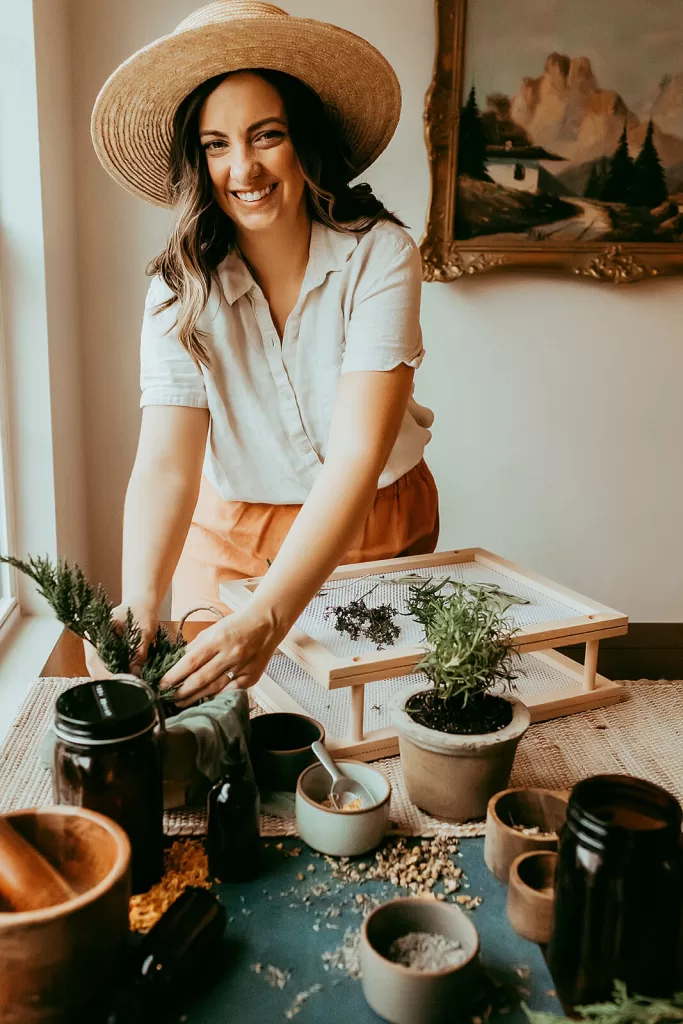
About the Author:
I’m Brittany, totally modern and mainstream turned crunchy mama!
Read more here about how I went from a totally incompetent cook and hyper-consumer to striving to live a more meaningful life from scratch.
I can’t wait to share my modern homesteading journey with you and I hope I inspire you to join along!




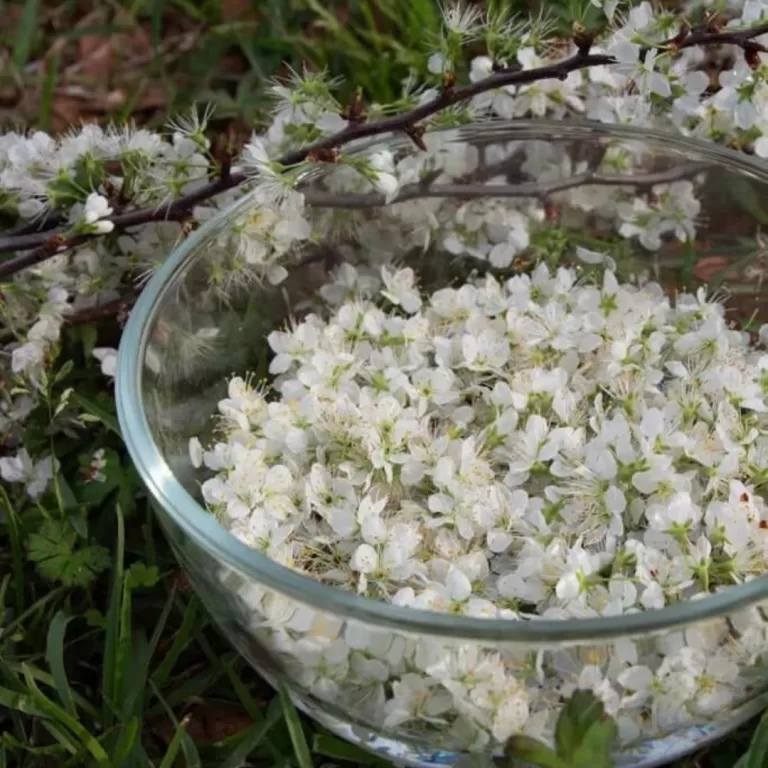

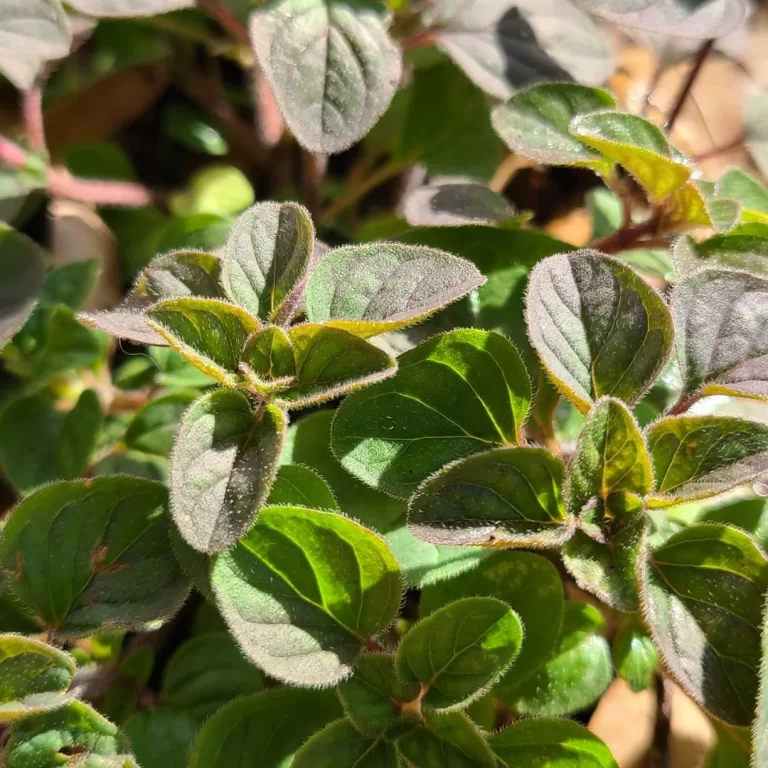
One Comment